The 2017 Maimeri Fila Painting Project Final Show
November 2017 – January 2018
Adi Dahan / Rachel Frumkin / Anton Graznov / Anat Keinan / Sivan Lavie / Eti Levi / Shelly Reich / Efrat Rubinstein / Shirel Safra / Lior Shachar / Emily Sommerfield / Itamar Stamler / Roni Trabelsi / Shir Wertheim
Expanded painting is the idea that painting is not restricted to the boundaries of the canvas. If you squeeze a painting real hard, it falls off the fabric onto the floor, becoming object, sculpture, installation, performance, film. It is malleable. The energy that comprises a painting travels from the paint, onto the brush, to the canvas, then spills onto the walls, runs along fields, across roads and back through the legs and veins of the artist, through his eyes- his hands. And thus a painting is whatever I want it to be, from a note in my pocket, to a whispered word, to a gesture.
A select group of Bezalel students participated in the Maimeri-Fila Painting Project in 2017. We met fortnightly, hosting salon-style discussions led by Nicola Trezzi and Gil Marco Shani, revolving around the notion of expanded painting. In one session, we took our paintings and sculptures to the park, to see how they breathe between the trees, what happens to colors amongst the foliage, like Edvard Munch’s outdoor snow studio. In another session, we watched films by Ulrich Seidl and discussed their painterly quality. In another we each filmed ourselves painting in our studios and shared with the class, coming to some interesting reflections and conclusions about each of us, our idiosyncratic and shared qualities as painters.
One day Nicola said, “get your backpacks, we are going to the Kibbutz.” We followed him and arrived at the iconic Ghetto Fighters Kibbutz, with the great honor of working alongside the Moshe Kupferman Collection. For 48 hours we were together, eating-breathing-dreaming Moshe Kupferman. We underwent an incredible process of curating (with our professor’s guidance) a Kupferman exhibition for Sommer Contemporary Gallery, Tel Aviv. At our arrival, we each had a preexisting mental image of Kupferman’s work. Most of us had seen in the flesh his large, heavy and thoughtful paintings. These are very affective, viscous, embodying many years of sensitive thought process in dark color fields and grids, amalgamating Israeli landscapes, disturbing histories, modernist abstraction.
This imprinted idea of the canonical Kupferman was very quickly flipped sideways the moment we stepped into Moshe Kupferman’s world. Contact with his work was refreshing and dynamic. His studio (untouched since his death) reveals a colorful array of objects – memorabilia – artwork – tools -brushes -greeting cards-newspapers-etc. Roni, who manages his collection, told us that Kupferman used to go for walks in the kibbutz and collect little objects, energetic talismen which then sat and buzzed on his studio shelves: nails-screws-metal pieces-crystals-stones that watched over him. Besides being a sweet gesture, this foraging act is a connection to earthly objects, which can be related back to his painting process. We quickly started to approach Kupferman’s work as expanded painting.
We opened, peeked at and touched (at the generous invitation of Roni) Kupferman’s drawings, paintings, sketches, notebooks in the collection: his oeuvre. It was a feast for the eyes; we were struck by the fluidity, play and spontaneity in some of his lesser-known works. First we saw a series of paintings: long scrolls, he drew on both sides. We saw a departure from the canvas, a leap to a sculptural medium, these works slithered like snakes when we stood them up. We kept looking through the archive and came across a series of works that remind me of Kinder Surprise eggs. Little white cardboard boxes, bland on the outside, that inside contain tiny abstracted wax crayon drawings. A burst of energy and color: they floored us. Roni said, “these have never been exhibited before.” These frenzied, fast-paced, small works are like musical notes. They have a beat, they are spontaneous, colorful, excited. We were told that Kupferman paralleled his norm with lighter drawings throughout his life- release, shaking it up. At once, we unanimously decided to exhibit these little expanded paintings at Sommer, and in a very fluent brushstroke, decided their hanging order like a full sentence.
It was exciting to see Kupferman come to life as a character, an active kibbutz member influenced by and responding to his everyday life in his way. “Kupferman loved students,” Roni told us, “he would have been so happy that you are all here. He used to visit studios of young artists, go to all the gallery openings. Meeting students was as essential to him as he was inspiring to them.” We left feeling animated by Moshe, his friendly spirit following us on the bus home, staying with us on the opening night of the Sommer Contemporary exhibition Gatekeepers that we co-curated, and during the curators’ talk we hosted, during which we discussed our collective process in the Kibbutz with Roni, the collection, and Kupferman as an exciting gift of shared discovery.
We were very touched by our time in the kibbutz with the Kupferman Collection and were therefore overjoyed to be invited back to exhibit our work at their gallery in November 2017; it seemed like the missing link: a final celebration of our journey as a group in the Maimeri Fila Project this past academic year.
We went back to our studios over summer, some of us choosing, others making work inspired by Moshe Kupferman’s energy. In the show you will find references to his grid, planes of color. We went back to our studios over summer, some of us choosing, others making work inspired by Moshe Kupferman’s energy. In the show you will find references to Kupferman’s grid, planes of color and his liberated us of material.
Once we curated our works in the space (we were back in the car, onto the kibbutz) we went back through the collection and found a Kupferman painting (untitled) from 1973 that truly spoke to us all. Several athletic, decisive black strokes on a purplish-grey ground resonate with our own artwork. Lines unfold like an opening umbrella, fields float across the violet background, an effect that makes the painting expand.
We thank Nicola Trezzi, Roni Ben Dor, Koby Sibony, the Kupferman Collection, Ghetto Fighters Kibbutz, Sommer Contemporary Gallery and Maimeri Fila group for this amazing collaborative opportunity.
Curator: Nicola Trezzi
Text by Sivan Lavie
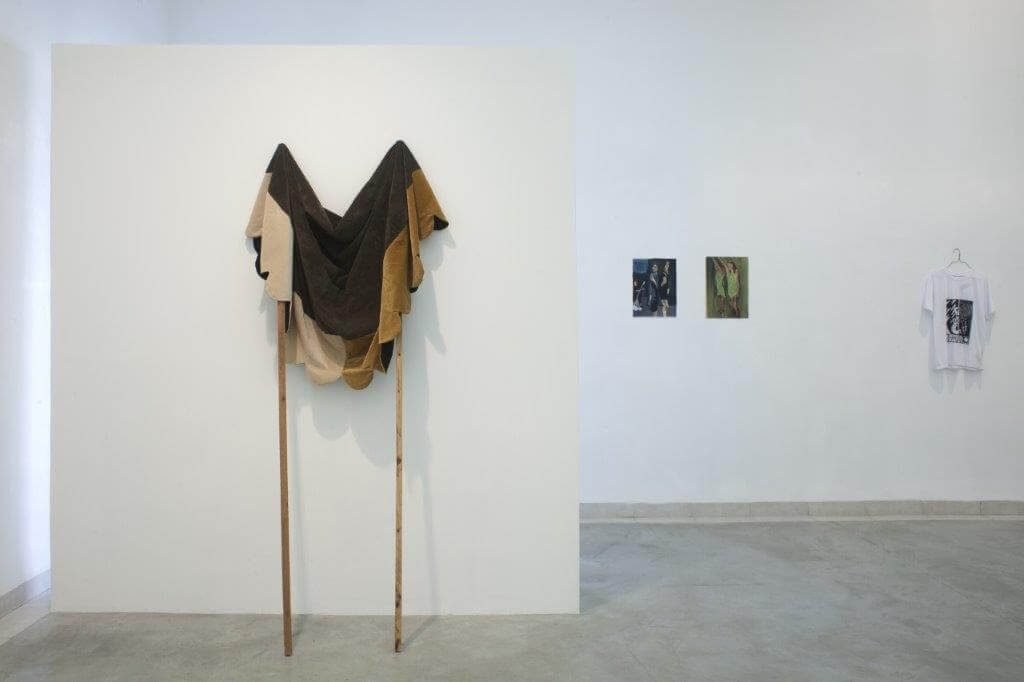
The 2017 Maimeri Fila Painting Project Final Show
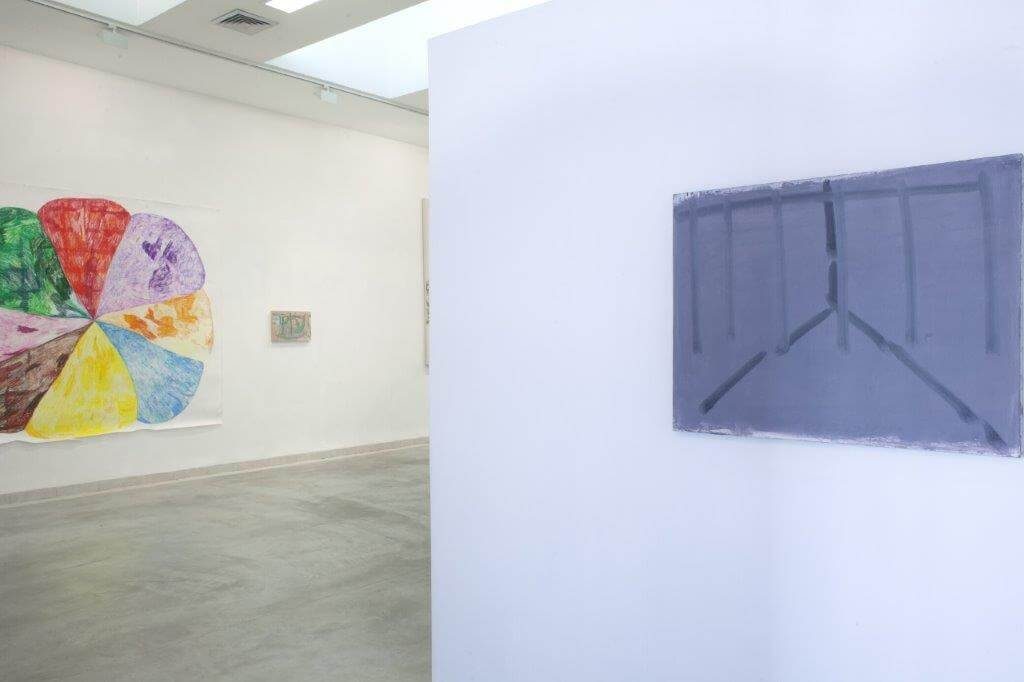
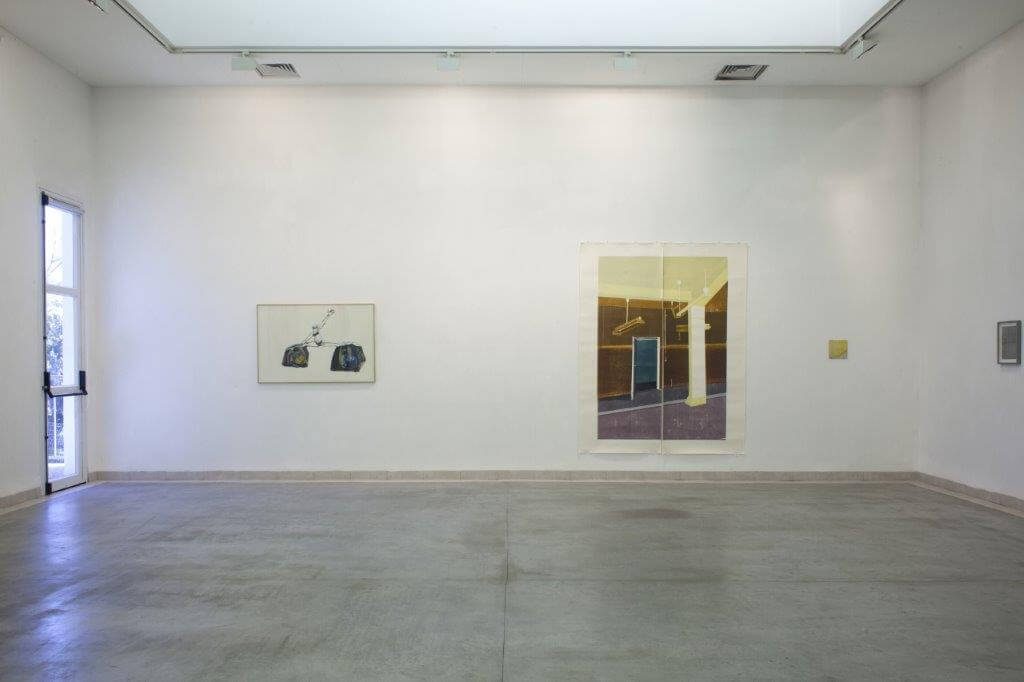
The 2017 Maimeri Fila Painting Project Final Show
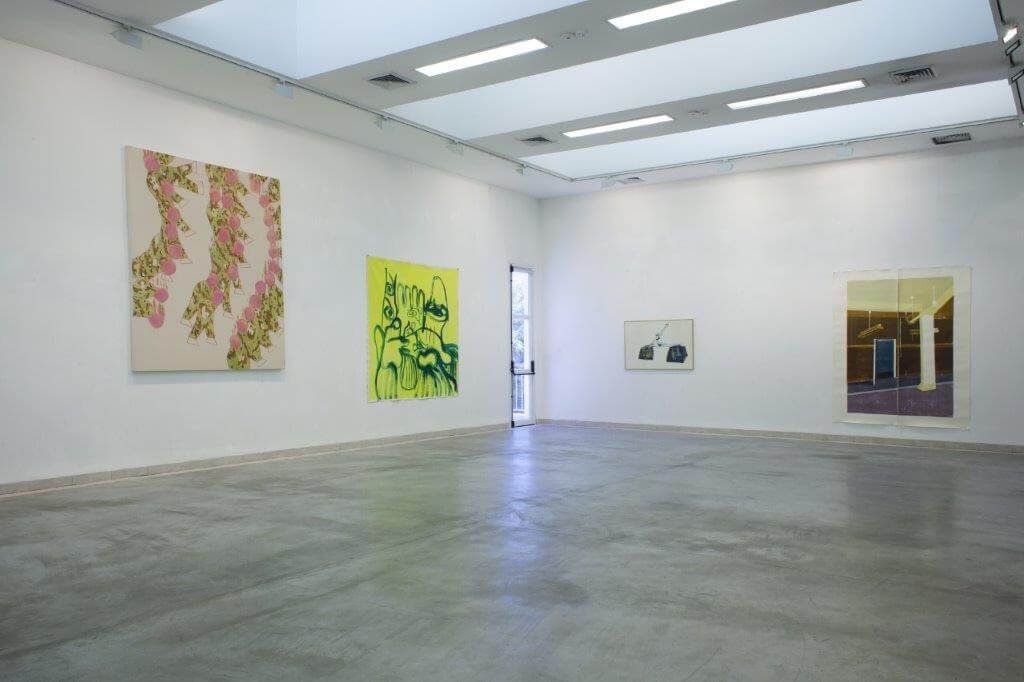
The 2017 Maimeri Fila Painting Project Final Show
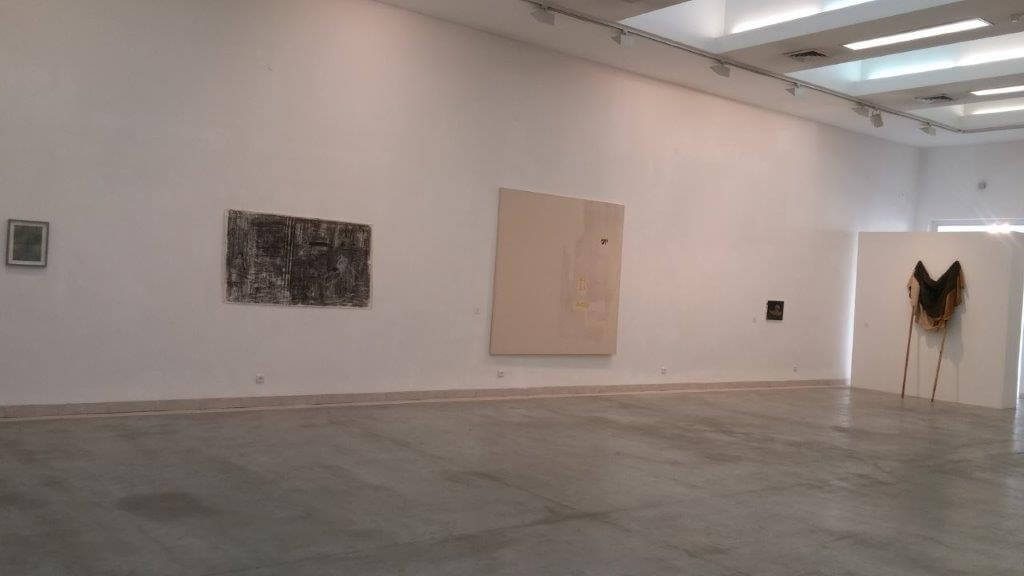
The 2017 Maimeri Fila Painting Project Final Show
